In the late 1970s, when Gore-Tex garments were just coming on the market, I was newly out of college, happily jobless, and devoted to outdoor adventures. I did things on the cheap and made a lot of my own gear, so I bought a few yards of Gore-Tex fabric and sewed myself a rain jacket. I kept the project simple and didn’t add pockets, armpit zippers, or any of the fancy features that are available now in foulweather gear. I didn’t miss any of the extras. The PFD I wore while rowing and sailing would have covered any pockets if I’d had them, backpack straps did the same while I was hiking, and the smooth shell was free of flapping pockets while on bicycle trips.
In the simplicity of its design, the Taku Essential waterproof jacket, made by Mustang Survival of Burnaby, British Columbia, brought back fond memories of that jacket I made almost 50 years ago. As the name suggests, the Taku is pared down to the essentials. It has a clean exterior with only two pockets, flush with the jacket body and evident only by the zippered openings discreetly incorporated in the side seams.
The fabric used in the making of the Taku is Mustang’s Marine Spec SP, a laminate that has an inner layer of nylon tricot and an outer layer of 70D nylon coated with a PFC-free hydrophobic polyurethane. In between is a windproof, breathable, and waterproof polyurethane membrane.
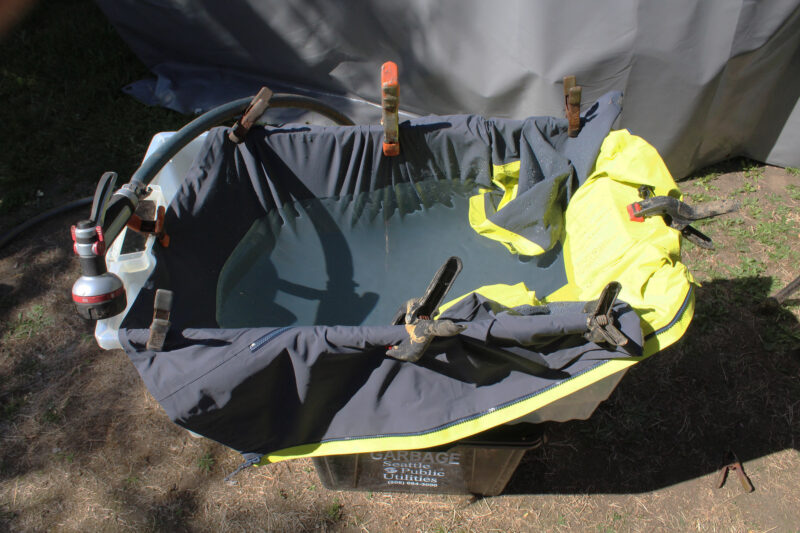 Christopher Cunningham
Christopher CunninghamClamped to the perimeter of a storage bin, the jacket’s fabric and taped seams could be immersed in water to confirm they are waterproof.
In a rainfall, the drops beaded up on the fabric and rolled off, which showed the effectiveness of the fabric’s durable water repellent (DWR). Testing the waterproof/breathable polyurethane membrane sandwiched inside the jacket’s fabric required more than rainfall or a stand-in-the-bathtub shower. I used a plastic storage bin and some spring clamps to pool water on parts of the jacket’s back, sleeves, shoulders, and some of the seams between them. After more than five hours, no water had seeped through the jacket. That was enough to give me confidence in the Taku’s ability to keep me dry.
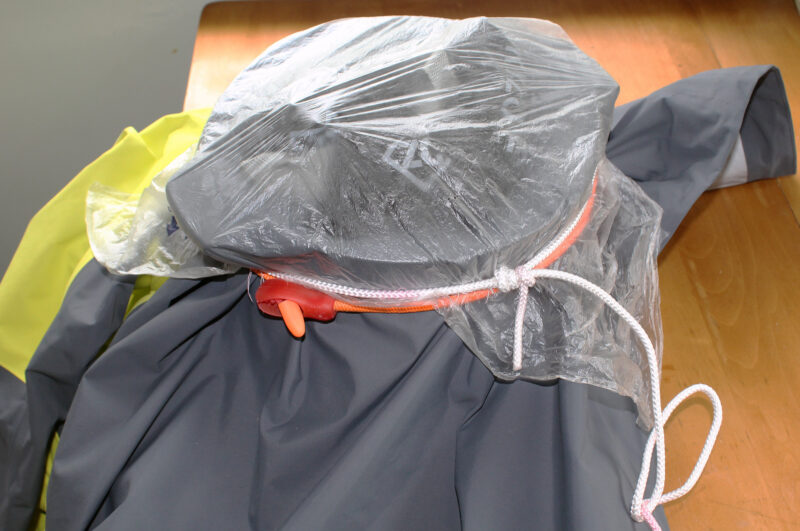 Christopher Cunningham
Christopher CunninghamWith the back of the jacket between a pot of warm water and boot driers filed with desiccant, the fabric’s breathability could be confirmed and quantified.
The jacket seemed as breathable as other garments I wear with different waterproof/breathable fabrics, and perhaps even a bit less clammy because the Marine Spec SP has some firmness that keeps it from clinging and allows air to circulate. During a 30-minute workout on my elliptical trainer, I broke a sweat at about the same time as I do without the jacket and not noticeably earlier as I thought might be the case while wearing an extra layer. To take a homespun objective measure of breathability, I filled an 8-quart cookpot with water at 96°F and stretched the back of the coat over it. I rested two newly recharged desiccant-filled boot driers on the jacket and cinched a plastic bag over it all. I had weighed the two driers at the start and after an hour the desiccant had gained 4 grams from the water vapor that had passed through the jacket. That figure by itself isn’t sufficient to compare the Marine Spec SP with other like fabrics, but it showed that it was breathable.
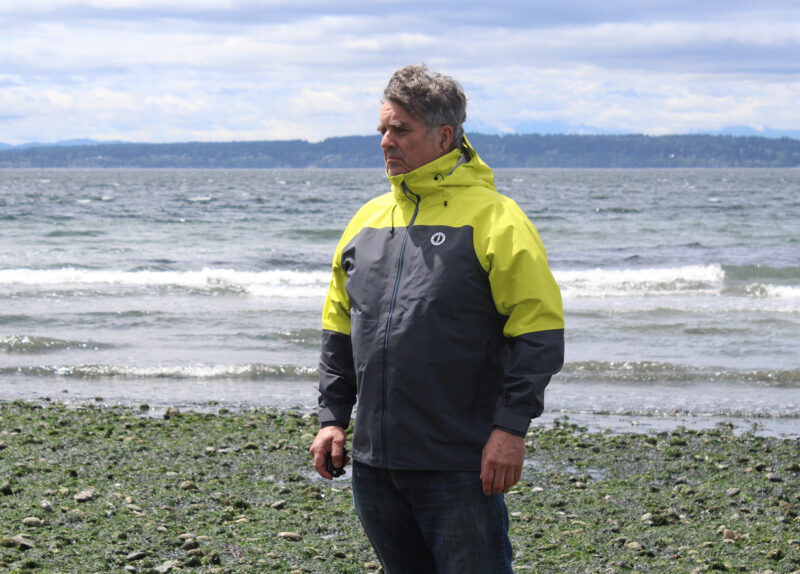 Christopher Cunningham
Christopher CunninghamThe front of the Taku is uninterrupted by pockets or storm flaps.
The jacket front and outside pockets have YKK AquaGuard zippers, rated by the manufacturer as “water repellent, not waterproof/watertight.” The zippers are not covered by storm flaps, though they have small hoods at their tops that the sliders, which are vulnerable to leaks, can be tucked into. The front zipper is backed by a placket. I sprayed the front zipper with my kitchen-sink sprayer for several minutes. No water flowed through, and the only sign of it was a glistening in between the interlocking zipper teeth and a few nascent drops. Nothing got past the placket.
The hem has an adjustable stretch drawcord to minimize drafts and a small webbing loop to anchor an outboard-motor kill switch. The side pockets have a light fleece liner on the outside surface to warm the backs of the hands. The cuffs can be cinched tight around the wrists to keep the water out, though the pleat formed when the cuffs are closed allows water to trickle in if the hands are raised above elbows in a downpour. The neoprene gaskets I have on another jacket make a more complete seal, but I rarely need them.
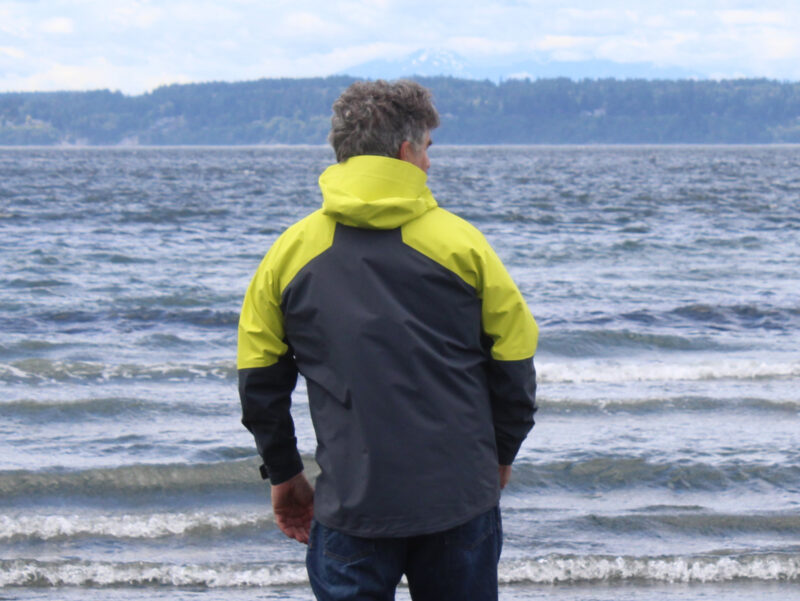 Christopher Cunningham
Christopher CunninghamThe Marine Spec SP fabric has a firmness to it that creates space underneath it, lending an airy feel to the jacket.
The Taku Essential has a small pocket with a coil zipper inside the left front chest. Mustang notes that the pocket secures essentials. For me, that includes car keys, and it will be easy to sew a bit of webbing and small plastic clip in the pocket to make sure they won’t fall out if I forget to close the zipper.
The hood has a visor stiffened just enough to do its job and a cinch to snug the opening against the face. A second cinch pulls the sides of the hood back to keep it from obscuring the view to the sides. When I turn my head, the hood comes with me about halfway and then stops, but even as I turn further, it doesn’t block my field of view. When not in use, the hood rests on the jacket back. There isn’t a zippered pouch in the collar for stowing the hood, a feature I don’t miss. I can pull the collar, fully zipped, up to my nose and keep my neck and much of my face covered. The jacket’s fit is excellent. My arms have a full range of motion without restriction. Only if I cross my arms in front of my chest, elbow to elbow, do I feel the jacket tighten against my back.
Jenny Bennett, executive editor of Small Boats, had an opportunity to try the women’s Taku, with a few more features than the men’s Taku Essential, and made some observations:
I’m usually a medium but don’t like clothes to be tight, so when I saw on the Mustang website reviews from “medium” women who were happy they had sized up to a large, I did the same. I’d say the jacket is true to size but while the fit of the large is definitely generous on me and doesn’t show its shape well, it’s very comfortable and I’m fine with it: in summer it won’t feel restricting and in winter I will be able to wear layers underneath.
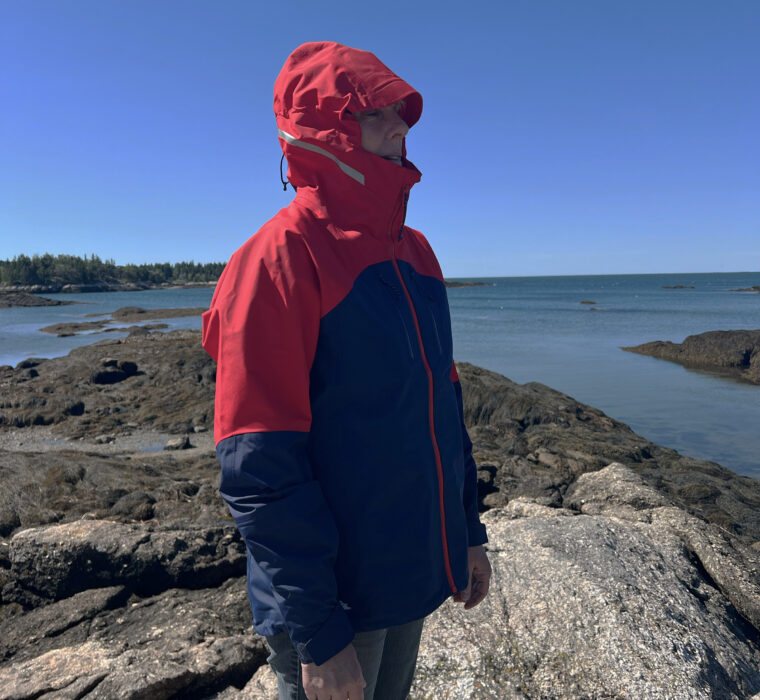 Laura Harrington
Laura HarringtonAt the back of the hood is the drawcord that pulls the sides out of the wearer’s field of vision.
The hood seemed enormous, but three cinch cords allow you to pull it both backwards—lifting it up and away from your face—and against the side of your head to prevent it coming off in a headwind. I like the hood’s two-way adjustments.
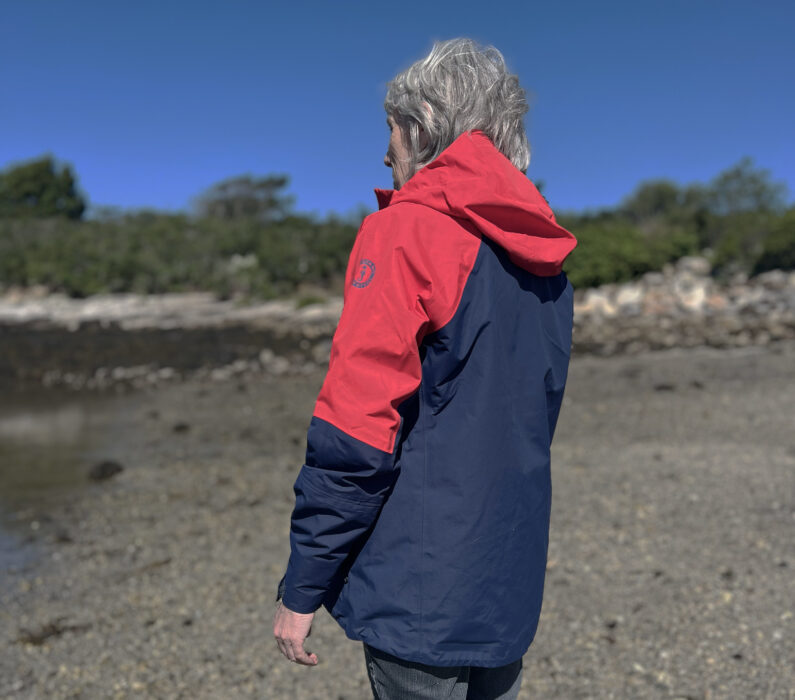 Laura Harrington
Laura HarringtonWearing a larger size than that on the Mustang sizing chart masks the tapered waist of the women’s Taku, but pays off in comfort and extra room for adding warm layers underneath in cold weather.
The length is perfect (I’m 5’5” and the tail hangs just below my butt), and the sleeves, which are perhaps a tad long when my arms are hanging down, can be cinched in at the cuffs and, when I extend my arms out in front, don’t ride halfway up my forearm. The Taku has two chest-high pockets, cinchable neoprene cuffs inside cinchable outer cuffs, and a stretch-nylon pocket just inside the zip on the right-hand side at the bottom of the jacket. I walked outside in heavy rain for about an hour and came home with dry shoulders.
I made my jacket in the ’70s without all the extras because I didn’t want to do more sewing than I had to, but it turned out to be all that I needed for my adventures on roads, trails, and waterways. With the Taku Essential, Mustang has created a much finer example of “less is more,” achieving its goal of designing a “jacket for exploring inshore and coastal environments when you want the essentials and nothing more.”![]()
Christopher Cunningham is the editor of Small Boats.
The Women’s Taku Waterproof Jacket ($399.99 USD) and the Men’s Taku Essential Waterproof Jacket ($359.99) are available from Mustang Survival and their associated retailers. The Men’s Taku Waterproof Jacket ($399.99), not reviewed here, has features similar to those of the women’s model. The jackets are on sale in observation of Canada Day and the Fourth of July, ending at midnight Pacific Coast Time July 4, 2024: Women’s Taku $279.99 USD, Men’s Taku Essential $251.99, and Men’s Taku $279.99.
Is there a product that might be useful for boatbuilding, cruising, or shore-side camping that you’d like us to review? Please email your suggestions.


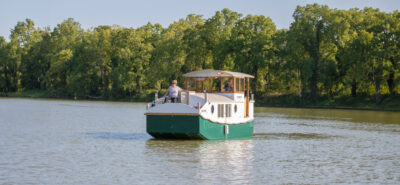
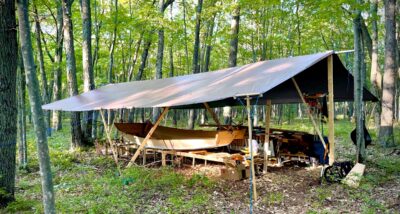
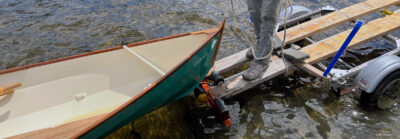
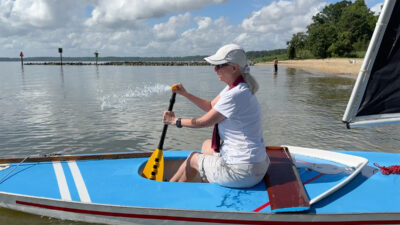
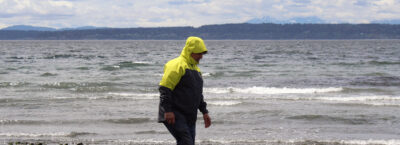
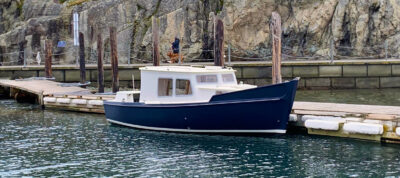
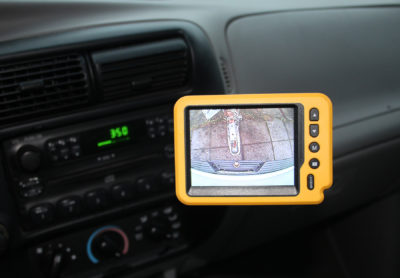
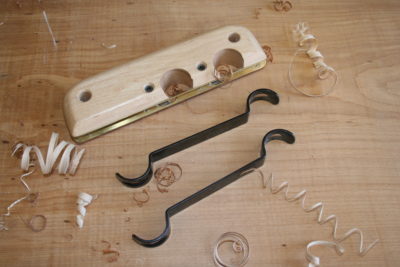
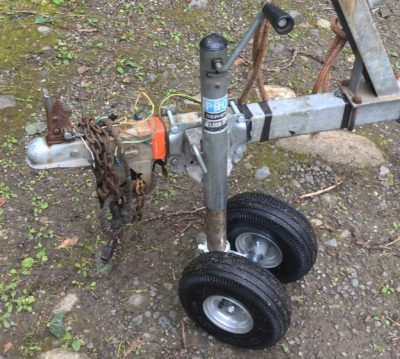
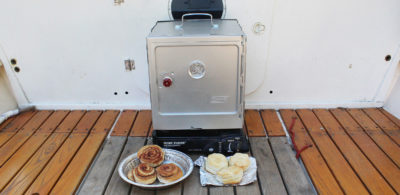
Wow. Looks like Mustang has two new fashion models! I’m glad to see this manufacturer is offering rainwear made without PFCs as well.
And on another serious note, Chris, you ruined me from a fashion standpoint with the DIY cagoule featured in SBM a few years back . I made one based on a nylon poncho, gluing the side seams and adding sleeves and a few other features. When faced with blowing spray or a downpour, nothing beats wearing that caguole over the PFD and being able to pull your arms inside for warmth! When the storm is over, the poncho dries almost instantly. An externally-worn PFD, exposed to the elements, stays sodden a long time.
I would urge readers looking for rainwear to give that article a gander.
Cheers,
Andy
Timely article, Chris, thanks.
I’d been contemplating a new waterproof sailing jacket for some time, but the high prices and unknown level of performance put me off – were they really worth that much?
Seeing this jacket put through its paces, plus the sale, caused me to commit. I ordered one from Mustang (the somewhat fancier version) and it turned up on my doorstep two days later.
It’s been too hot to wear the thing since then but I hope to head out on the water within a few days for a cruise and I look forward to seeing how well it works for me.